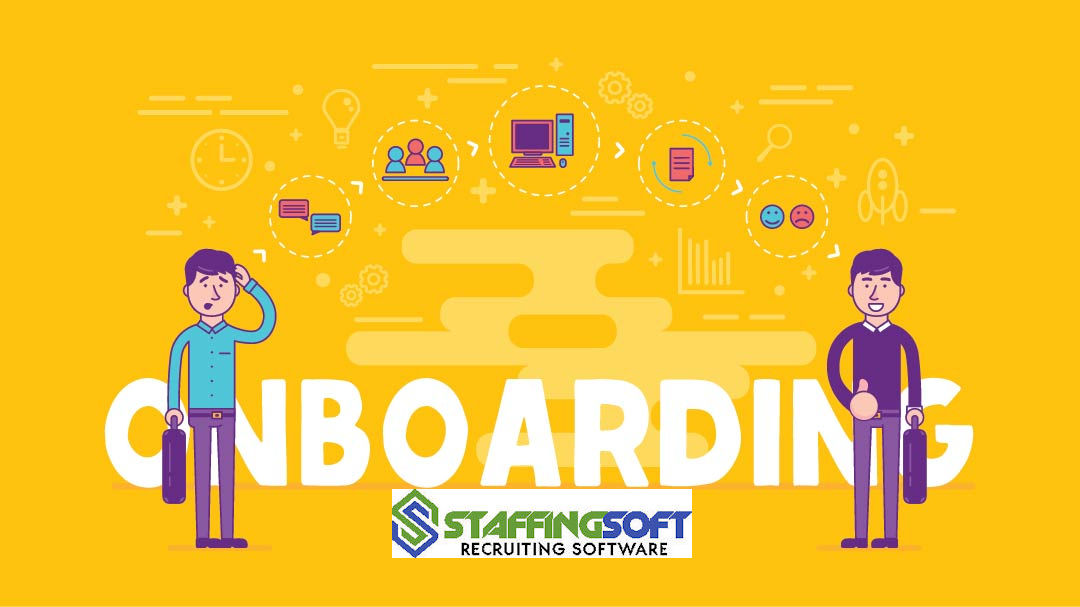Finding the perfect match between candidates and companies is no easy task, but with the right knowledge and guidance, the recruitment process can become much smoother for both candidates and clients. Staffing agencies play a critical role in bridging this gap, helping candidates secure the right job opportunities and assisting clients in finding the best talent to drive their organizational success.
In this article, we will break down the recruitment process step-by-step, offering insights and advice for both candidates and clients. Whether you are seeking new employment or looking to hire, this comprehensive guide will provide you with the necessary tools to navigate the recruitment process successfully.
Step 1: Building a strong foundation
At the very beginning, staffing agencies lay the groundwork for successful recruitment. They collaborate with clients to understand their business needs, culture, and specific job requirements. Similarly, candidates need to invest time in understanding their own career goals, skills, and values to ensure the right job fit.
By establishing these foundations, staffing agencies can effectively match candidates with the right opportunities, leading to higher job satisfaction and organizational success.
Step 2: Sourcing and screening candidates

Once the foundation is set, agencies begin the process of sourcing potential candidates. Besides their own list of candidates pole they will Utilizing various channels like job portals, social media, and LinkedIn, agencies identify and attract qualified individuals.
Candidates can also proactively apply to agencies and create strong profiles on professional platforms to increase their visibility to potential employers.
Screening plays a vital role in identifying the best candidates. Agencies employ techniques like resume reviews, phone screenings, and initial interviews to shortlist suitable candidates who meet the clients’ requirements.
For candidates, it is crucial to create an impactful resume that highlights their achievements, skills, and experiences, while showcasing their unique selling points.
Step 3: In-depth interviews and assessments
Once candidates have passed the initial screening, they are invited for in-depth interviews and assessments. These interviews enable agencies and clients to better understand the candidates’ capabilities, work styles, and cultural fit.
It is essential for candidates to thoroughly research the company and the role they are applying for, allowing them to answer questions and demonstrate their suitability effectively.
Clients, on the other hand, need to define clear selection criteria and communicate them to the agency. This ensures that the agency can evaluate candidates against these criteria consistently. Collaborating closely with the agency during this stage allows clients to actively participate in the selection process, ultimately leading to better candidate-client matches.
Step 4: Reference checks and background verification
To ensure the authenticity of the information provided, agencies conduct reference checks and background verifications. This step adds an extra layer of confidence for both clients and candidates. Candidates should be prepared to provide contact information for references who can vouch for their capabilities and character, reinforcing their suitability for the position.
Step 5: Presenting candidates and arranging interviews

Once candidates have successfully passed the previous stages, staffing agencies present them to the clients. Agencies share detailed profiles and insights on each candidate, highlighting their skills and experiences. Clients can then evaluate the candidates, conducting their own interviews and assessments.
Candidates must prepare for client interviews by researching the company and understanding the role’s specific requirements. Practicing common interview questions and being ready to articulate their accomplishments and strengths can greatly enhance their chances of success.
Additionally, maintaining open communication with the agency throughout the process allows candidates to receive feedback and make necessary adjustments for future interviews if needed.
Step 6: Offer management and negotiation
Congratulations! You have made it to the offer stage. Staffing agencies facilitate offer management by coordinating between clients and candidates. Clients present competitive job offers while considering market trends and candidates’ expectations.
Candidates should evaluate the complete package, including compensation, benefits, growth opportunities, and company culture, to make informed decisions. If needed, agencies can guide candidates on negotiation techniques to achieve a win-win outcome.
Step 7: Onboarding and beyond

Once a candidate accepts the offer, the onboarding process begins. Staffing agencies provide a smooth transition, ensuring candidates have all the necessary information and resources for a successful start.
Candidates should actively engage in the onboarding process, including attending orientation programs, meeting colleagues, and clarifying any doubts or concerns.
Beyond onboarding, staffing agencies often follow up with both clients and candidates to ensure their satisfaction and address any additional needs. Candidates can take the initiative to regularly communicate with their agency recruiter, building a strong professional relationship that may lead to future career opportunities.
Conclusion
Navigating the recruitment process requires a strategic approach from both candidates and clients. By understanding each step, preparing well, and collaborating closely with staffing agencies, finding the perfect match becomes an achievable goal.
Candidates and clients should embrace this comprehensive guide, armed with insights and advice to successfully navigate the recruitment process and unlock future success for all parties involved.


